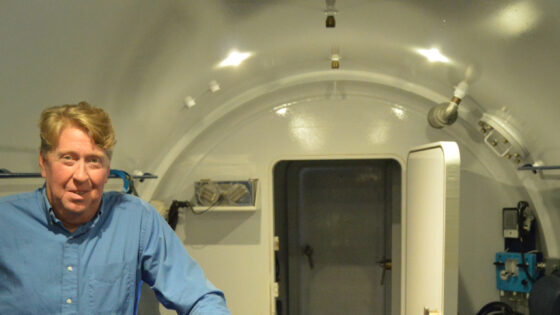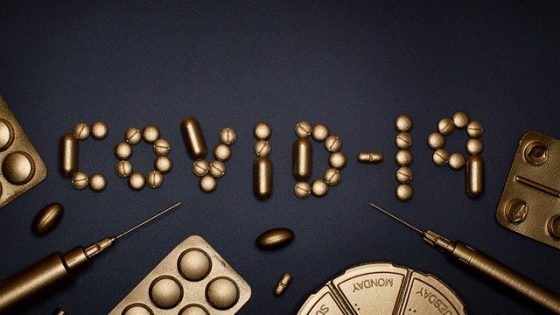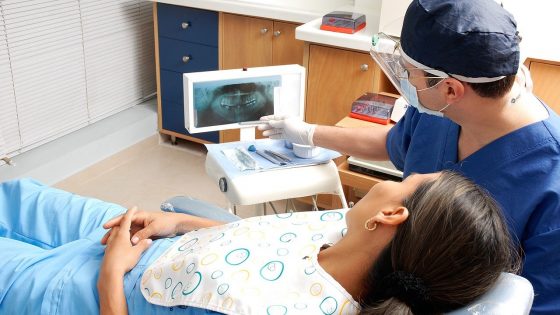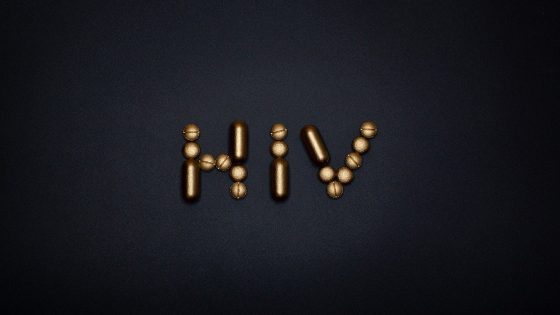chewing tobacco
A type of smokeless tobacco made from cured tobacco leaves. It may be sweetened and flavored with licorice and other substances. It comes in the form of loose tobacco leaves, pellets or “bits” (leaf tobacco rolled into small pellets), plugs (leaf tobacco pressed and held together with some type of sweetener), or twists (leaf tobacco rolled into rope-like strands and twisted). It is placed in the mouth, usually between the cheek and lower lip, and may be chewed. Chewing tobacco contains nicotine and many harmful, cancer-causing chemicals. Using it can lead to nicotine addiction and can cause cancers of the mouth, throat, esophagus, and pancreas. Chewing tobacco use may also cause gum disease, heart disease, stroke, and other health problems. Also called spit tobacco.
CHF
A condition in which the heart has trouble pumping blood through the body. It may develop over a long period of time. Symptoms include shortness of breath, problems exercising, fatigue, and swelling of the feet, ankles, and abdomen. CHF may be caused by coronary artery disease, a heart attack, or high blood pressure. It usually occurs in people aged 65 years or older. Also called chronic heart failure.
child-life specialist
A healthcare professional who is trained in the emotional and developmental needs of children. The child-life specialist helps children and their families understand medical issues and gives psychological and emotional support. Also called child-life worker.
child-life worker
A healthcare professional who is trained in the emotional and developmental needs of children. The child-life worker helps children and their families understand medical issues and gives psychological and emotional support. Also called child-life specialist.
childhood acute lymphoblastic leukemia risk group system
A way of grouping patients that is used to plan treatment for children with acute lymphoblastic leukemia. A risk group is based on the patient’s age and white blood cell count at diagnosis. Risk groups are described as either standard (low) risk or high risk. Other factors that affect the risk group include the type of leukemia cells, whether there are certain chromosome changes, and how quickly the leukemia responds to treatment.
childhood cancer
A term used to describe cancers that occur between birth and 15 years of age. Childhood cancers are very rare and may differ from adult cancers in the way they grow and spread, how they are treated, and how they respond to treatment. Common types of childhood cancer include leukemia (begins in blood-forming tissue such as bone marrow), lymphoma (begins in the cells of the immune system), neuroblastoma (begins in certain nerve cells), retinoblastoma (begins in the tissues of the retina), Wilms tumor (a type of kidney cancer), and cancers of the brain, bone, and soft tissue. Also called pediatric cancer.
childhood cancer risk group
A group of children with cancer that has been formed based on certain characteristics of the children and their disease. These may include age at diagnosis, stage of cancer, and cancer biology. Risk groups may also be based on the chance of being cured or the chance that the cancer will come back. Childhood cancer risk groups are used to plan treatment and follow-up care for certain types of cancer, such as neuroblastoma and rhabdomyosarcoma. Risk groups may be described as low risk, intermediate risk, or high risk.
Childhood Disintegrative Disorder
A developmental disorder occurring as a result of a brain disease such as Encephalitis in childhood. Symptoms include abnormalities of behaviour, progressing to psychosis.
chimeric antigen receptor T-cell therapy
A type of treatment in which a patient's T cells (a type of immune system cell) are changed in the laboratory so they will attack cancer cells. T cells are taken from a patient’s blood. Then the gene for a special receptor that binds to a certain protein on the patient’s cancer cells is added to the T cells in the laboratory. The special receptor is called a chimeric antigen receptor (CAR). Large numbers of the CAR T cells are grown in the laboratory and given to the patient by infusion. Chimeric antigen receptor T-cell therapy is used to treat certain blood cancers, and it is being studied in the treatment of other types of cancer. Also called CAR T-cell therapy.













